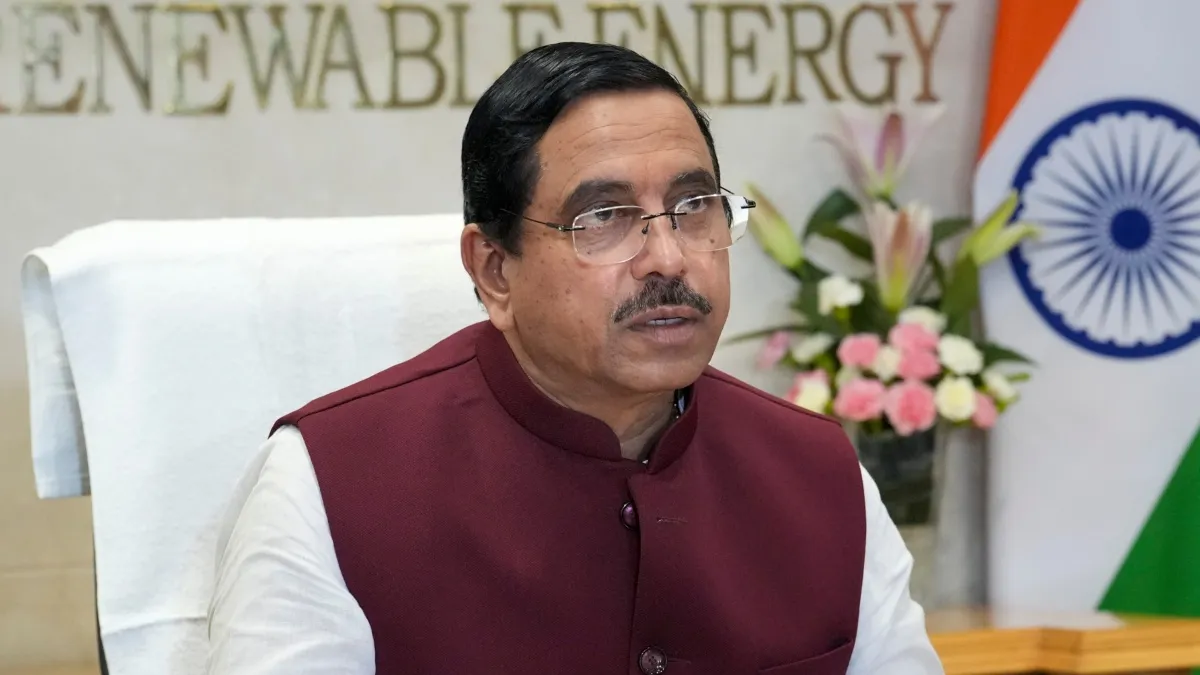CLOSING THE GAP.
Can Green Renewable Energy Offset Non-OECD Countries Race to Modernisation?
Image source: The Rockefeller Foundation report
This week, The Rockefeller Foundation released a report on The Green Power Gap-Achieving Energy Abundance for All – with worrying data that a quarter of Asia nationals live in ‘Energy-poor-countries” relying on readily available coal fossil fuels for energy.
This report is built from the premise that development is a human right, and that pathways to energy abundance are often pathways to prosperity. The average per capita energy usage is below the Modern Energy Minimum (MEM) of 1,000 kilowatt hours (kWh) which is necessary to lift people out of poverty, create jobs, and drive economic development.
But in reality, energy-poor countries—where electricity reliability and access are insufficient for modern living or powering a competitive and prosperous economy —will continue to pursue a future of energy abundance, regardless of whether that future is powered by renewable energy or fossil fuels.
Energy in Afghanistan, with 41 mil population, is provided by hydropower followed by fossil fuel and solar power. Currently, less than 50% of Afghanistan’s population has access to electricity.
“The fate of 3.8 billion people’s lives and the planet itself will depend on whether we can close the Green Power Gap,” said Dr. Rajiv J. Shah, President of The Rockefeller Foundation.
“History makes clear that people and countries will pursue opportunity regardless of the climate consequences. The only way to achieve the world’s climate goals is scaling solutions and mobilizing the capital needed to ensure 3.8 billion people have enough clean electricity to lift up their lives and livelihoods.”
“While there is no one-size-fits-all answer to a future of clean energy abundance, we believe that there is a ‘green window of opportunity’ based on existing power system assets and the availability of renewable energy resources in Asia,” said Deepali Khanna, Vice President and head of The Rockefeller Foundation’s Asia Regional Office. “Countries in the region, especially India and Indonesia, are already paving the way by deploying renewable energy technologies at unprecedented scale.”
2023 Regional Overview- access to energy and sustainability – provided by Energy Institute
Two major differences between OECD countries and non-OECD countries are the amount of primary energy that they consume and their population growth. The countries that participate in OECD tend to be wealthier countries and use quite a bit more primary energy per capita,
Non-OECD countries dominated both the share and annual growth rates of global primary energy consumption- with fossil fuels accounting for 84% of energy mix.


Source: page 16 REPORT EI – Highcharts.com Page 16
The Energy Institute (EI) and co-authors KPMG and Kearney today released the 73rd annual edition of the Statistical Review of World Energy, presenting for the first time full global energy data for 2023.
REMINDER: Nations at COP28 in Dubai in late 2023 committed for the first time to transition away from the fossil fuels that have created and driven the climate crisis.
Five key stories emerge from the 2023 data:
-
Record global energy consumption, with coal and oil pushing fossil fuels and their emissions to record levels
- Global primary energy consumption overall was at a record absolute high, up 2% on the previous year to 620 Exajoules (EJ).
- Global fossil fuel consumption reached a record high, up 1.5% to 505 EJ (driven by coal up 1.6%, oil up 2% to above 100 million barrels for first time, while gas was flat). As a share of the overall mix they were at 81.5%, marginally down from 82% last year.
- Emissions from energy increased by 2%, exceeding 40 gigatonnes of CO2 for the first time.
-
Solar and wind push global renewable electricity generation to another record level
- Renewable generation, excluding hydro, was up 13% to a record high of 4,748 TWh
- This growth was driven almost entirely by wind and solar and accounted for 74% of all net additional electricity generated.
- As a share of primary energy use, renewables (excluding hydro) were at 8%, or 15% including hydro.
-
Ongoing Ukraine conflict cements gas rebalancing in Europe
- European gas demand fell by 7% following a fall of 13% the previous year.
- Russia’s share of EU gas imports fell to 15%, down from 45% in 2021, with LNG imports outflanking piped gas to Europe for a second year in a row.
-
Dependence on fossil fuels in major advanced economies is likely to have peaked
- In Europe fossil fuels fell to below 70% of primary energy for the first time since the Industrial Revolution, driven by demand reduction and renewable energy growth.
- US consumption of fossil fuels fell to 80% of total primary energy consumed.
-
Growth economies struggle to curb fossil fuel growth, but renewables accelerate in China
- In India fossil fuel consumption was up 8%, accounting for almost all demand growth, and stood at 89% share of overall consumption. For the first time, more coal was used in India than Europe and North America combined.
- China’s full return post-Covid saw fossil fuel use increase to a new high, up 6%, but as a share of primary energy it has been in decline since 2011, down to 81.6% in 2023. China added 55% of all renewable generation additions in 2023, i.e. more than the rest of the world combined. It also overtook Europe on an energy per capita basis for the first time.
EI President Juliet Davenport OBE HonFEI commented
““Energy is central to human progress. It is also now central to our very survival. In this Year’s Statistical Review, we report on another year of highs in our energy hungry world – with global temperature increases averaging close to 1.5°C, 2023– and record consumption of fossil fuels and record emissions from energy, but also record generation of renewables, driven by increasingly competitive wind and solar energy.”





















